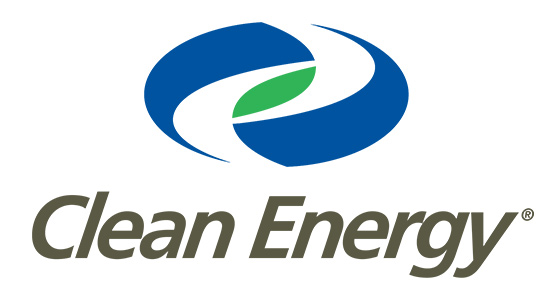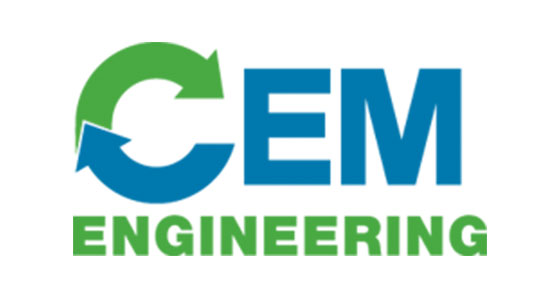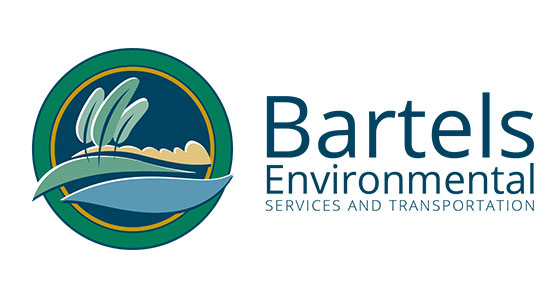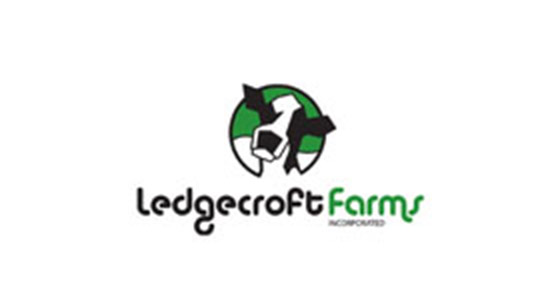November 14, 2025

Budget 2025 highlights export diversification, infrastructure, and government efficiency as priorities for the coming year. The budget confirms the government’s intention to move forward with previously announced measures related to biofuels, though it does not introduce additional supports for biogas or RNG at this stage.
The CBA continues to work closely with officials on the forthcoming Clean Fuel Regulations (CFR) amendments initially announced by Prime Minister Mark Carney. While the budget did not include further details, ongoing engagement ensures that CBA recommendations and the importance of addressing the competitiveness gap with the United States remain well understood. The targeted CFR amendments represent an important opportunity to support Canadian RNG production by enhancing market signals and addressing the limited role of gaseous credits. CBA Directors will be in Ottawa next week to continue discussions, and Environment and Climate Change Canada is expected to publish a discussion paper and launch formal consultations before year-end.
Budget 2025 also reiterates the government’s plan to introduce the waste biomass expansion for the Clean Technology Investment Tax Credit in the House of Commons. This development is expected to benefit new biogas-to-electricity projects, though systems producing RNG are not included under the current design. The CBA continues to highlight the economic potential of RNG with over $1 billion in near-term investments and the opportunity to better support farmers, municipalities, and industry as partners in Canada’s clean-energy strategy. Our advocacy remains focused on improving access to capital and addressing the ongoing impacts of the Inflation Reduction Act on North American project competitiveness.
The budget further confirms the government’s intention to reinstate immediate expensing for certain clean-energy property, including specific biogas and RNG equipment, as well as progress toward final landfill methane regulations in the coming months as part of the Climate Competitiveness Strategy.
Overall, Budget 2025 underscores the need for continued collaboration to secure stronger, more urgent signals for biogas and RNG investment in Canada. The Canadian Biogas Association will continue to work with government to shape high-impact CFR amendments and advance policies that enable the growth of Canadian biogas and RNG.











